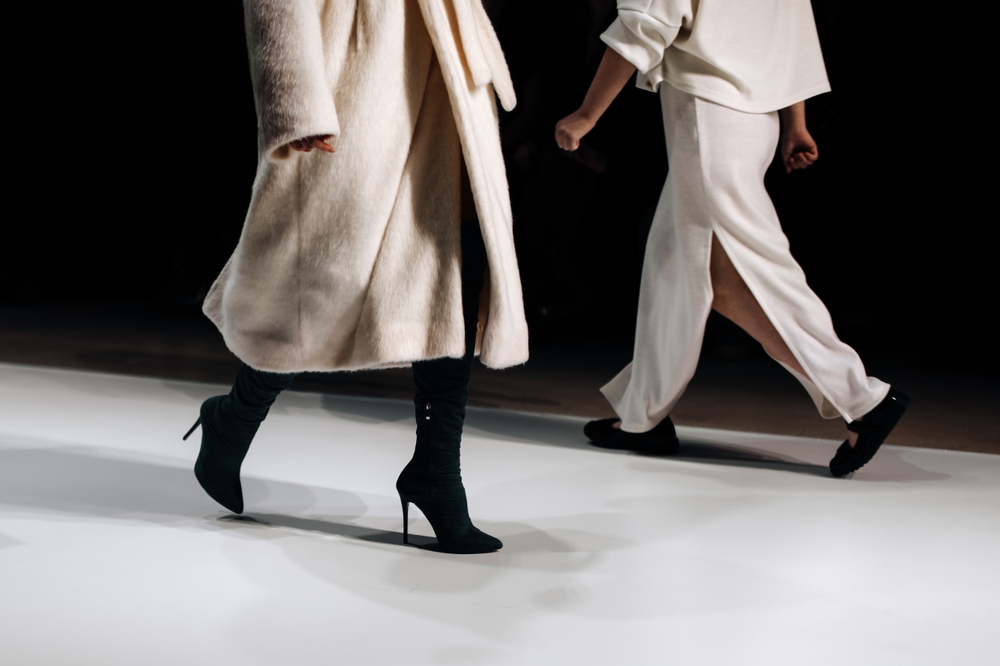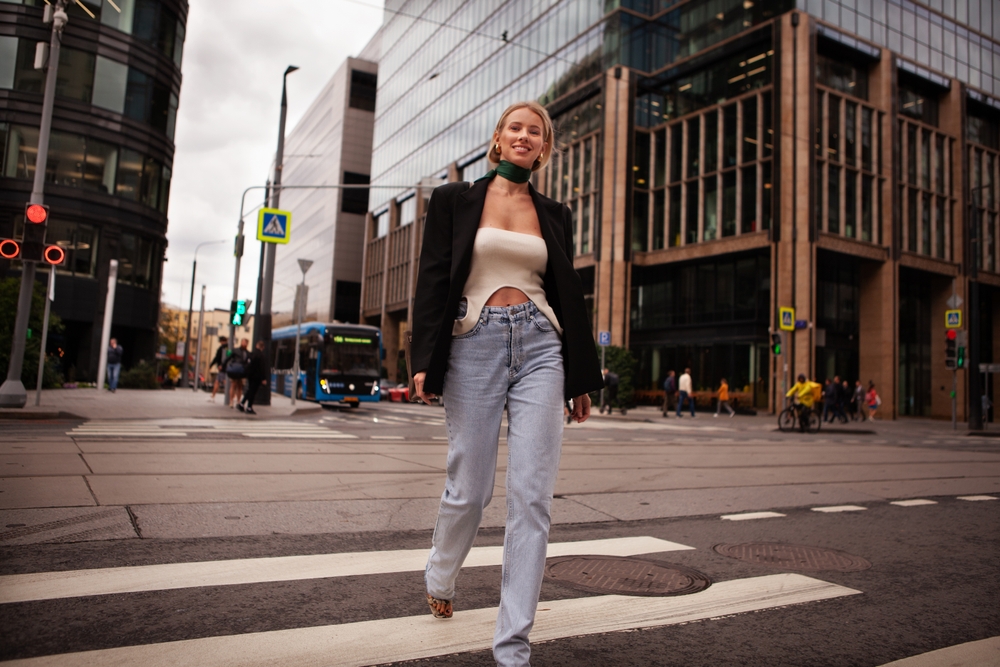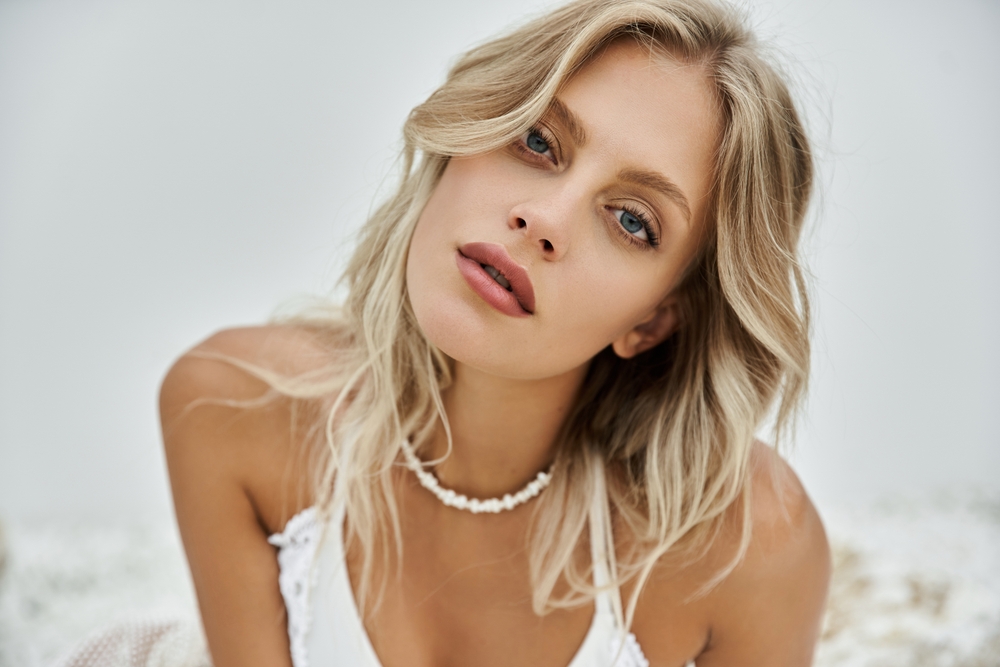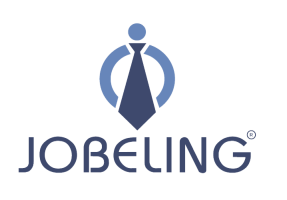
Becoming a fashion model is an exciting yet challenging career path. This guide by Jobeling will provide a step-by-step overview of how to embark on this journey, offering tips, strategies, and insights to help you succeed in the competitive modeling industry.
Contents
- 1 Understanding the Basics of Fashion Modeling
- 2 Building Your Modeling Portfolio
- 3 Meeting Industry Requirements
- 4 Finding a Modeling Agency
- 5 Developing Your Skills
- 6 Networking in the Fashion Industry
- 7 Managing Your Career
- 8 Expanding Your Horizons: Global Opportunities in Fashion Modeling
- 9 Challenges and How to Overcome Them in Fashion Modeling
- 10 FAQs
- 11 Conclusion
Understanding the Basics of Fashion Modeling
To become a successful fashion model, it’s essential to understand the industry’s fundamentals, expectations, and career possibilities. This knowledge helps you navigate the various opportunities and challenges that come with the profession.
What Is Fashion Modeling?
Fashion modeling involves showcasing clothing, accessories, or beauty products for designers, brands, and publications. Models work in various settings, including runway shows, photoshoots, and advertising campaigns. It’s not just about looking good; it’s about embodying the designer’s vision and communicating a brand’s message through poses, expressions, and presence.
Types of Fashion Modeling
Fashion modeling encompasses several niches, each requiring different skills and attributes:
Runway Modeling
Runway modeling involves walking in fashion shows to display designers’ collections. This role demands grace, poise, and the ability to wear and present garments effectively. Runway models often need to memorize specific choreography, maintain perfect posture, and exude confidence while walking. Designers rely on these models to bring their creations to life in front of an audience.
Editorial Modeling
Editorial modeling is about appearing in high-fashion magazines and photo spreads, often involving dramatic and creative styling. Editorial models work closely with photographers and stylists to create visually striking images that tell a story. These assignments often require a strong ability to convey emotions and adapt to unconventional poses or environments.
Commercial Modeling
Commercial modeling focuses on promoting products in advertisements and catalogs. This type emphasizes relatability and versatility, appealing to a broad audience. Models in this niche often appear in campaigns for household items, beauty products, or everyday clothing brands. They must project approachability and genuine enthusiasm for the products they represent.
Fitness Modeling
Fitness modeling involves representing activewear and fitness-related brands, showcasing a toned and athletic physique. Fitness models are often featured in campaigns for sports apparel, gym equipment, and health supplements. To succeed in this niche, maintaining a consistent workout routine and a healthy lifestyle is crucial to embody the brand’s image of vitality and wellness.
Plus-Size Modeling
Plus-size modeling celebrates body inclusivity in fashion campaigns, promoting clothing for diverse body types. These models play a vital role in challenging traditional beauty standards and inspiring confidence in consumers of all shapes and sizes. Plus-size models need to exude confidence and authenticity, showing that fashion is for everyone, regardless of size.
Building Your Modeling Portfolio
A modeling portfolio is your professional resume, showcasing your potential to clients and agencies.

It’s a critical tool that demonstrates your versatility and range as a model. If you’re serious about understanding how to become a fashion model, creating a standout portfolio is essential.
What to Include in Your Portfolio
Your portfolio should feature high-quality images that highlight your versatility and unique features. Include a mix of shots to demonstrate your adaptability:
- Headshots and full-body shots to give agencies a complete view of your appearance.
- Diverse poses and outfits to showcase your ability to model different styles and moods.
- Photos that show natural and minimal makeup looks to emphasize your natural beauty and adaptability.
Tips for a Professional Portfolio
Creating a compelling portfolio involves attention to detail and professional expertise:
- Hire a reputable photographer experienced in fashion modeling. They can guide you on posing and help you achieve the best results.
- Keep your portfolio updated as you gain experience and build your career. New work keeps your portfolio fresh and relevant.
- Create an online version of your portfolio for wider reach. Digital portfolios make it easier for agencies and clients to access your work.
Meeting Industry Requirements
The fashion modeling industry has specific requirements you’ll need to meet. Understanding and aligning with these standards is a vital aspect of discovering how to become a fashion model and ensuring you attract the right opportunities.
Height and Body Proportions
While standards vary, runway models typically range from 5’7” to 6” tall, with well-proportioned bodies. Editorial models often adhere to similar standards, while commercial and plus-size modeling have more flexible requirements. It’s important to identify the niche that suits your physique.
Health and Fitness
Maintaining your health is vital. A balanced diet, regular exercise, and proper skincare are essential for keeping your body and skin in prime condition. Mental health is equally important; the industry’s demands can be stressful, so prioritize self-care.
Finding a Modeling Agency
A modeling agency can connect you with reputable clients and guide your career.

Agencies act as a bridge between you and opportunities in the industry. Knowing how to become a fashion model includes understanding the role of agencies in your journey.
Researching Agencies
Look for agencies that align with your modeling goals. Research their reputation, success stories, and the type of models they represent. Genuine agencies will have a professional website and a track record of successful placements.
How to Approach Agencies
Approaching agencies requires preparation and professionalism:
- Submit professional photos and a concise resume that highlights your experience and skills.
- Attend open casting calls or agency events to present yourself in person. Make a strong first impression by dressing simply and exuding confidence.
- Be prepared for interviews and possible rejections. Stay resilient and use feedback to improve your approach.
Developing Your Skills
Success in fashion modeling requires more than good looks. Developing essential skills is a critical component of mastering how to become a fashion model in a competitive industry.
Mastering Your Walk
Runway modeling demands a confident and polished walk. Practice walking in heels, maintaining good posture, and timing your steps to music. Working with professional coaches or watching runway shows can help refine your technique.
Posing for Photoshoots
Learn how to pose naturally and express emotions to capture the perfect shot. Experiment with different angles, facial expressions, and body movements. Study poses in magazines and practice in front of a mirror to gain confidence.
Networking in the Fashion Industry
Building relationships within the fashion industry can open doors to new opportunities and collaborations. Networking is a vital part of your career growth.

Attending Fashion Events
Participate in fashion shows, industry mixers, and events to meet designers, photographers, and other professionals. Building genuine connections can lead to future assignments and collaborations.
Leveraging Social Media
Create an engaging Instagram or TikTok profile to showcase your work. Post high-quality content regularly, engage with your followers, and use relevant hashtags to increase visibility. Many agencies and brands scout models on social media platforms.
Managing Your Career
Managing your career effectively ensures long-term success and sustainability in the modeling world.
Staying Professional
Professionalism is key to building a solid reputation. Always be punctual, courteous, and reliable during assignments and meetings. Consistently deliver your best performance to leave a positive impression.
Financial Planning
Understand the payment structures in the modeling industry. Save a portion of your earnings for taxes, investments, and future needs. Working with a financial advisor can help you manage your income wisely.
Expanding Your Horizons: Global Opportunities in Fashion Modeling
Exploring international markets can elevate your career and provide exposure to diverse cultures and opportunities.
Modeling in Major Fashion Capitals
Cities like Paris, Milan, New York, and Tokyo are renowned for their modeling opportunities. These locations host top designers and brands, making them ideal for career growth. Research visa requirements and agencies in these regions to prepare for international work.
Learning New Skills Abroad
Working internationally may involve learning new languages, adapting to different styles, and networking with global brands. Embrace these challenges as opportunities for personal and professional growth.
Challenges and How to Overcome Them in Fashion Modeling
Modeling comes with its fair share of challenges, but persistence and preparation can help you thrive.

Rejection in Auditions
Rejection is part of the process. Stay motivated and learn from feedback to improve your chances in future auditions. Use each rejection as an opportunity to refine your skills and approach.
Maintaining Work-Life Balance
Balancing a busy schedule can be difficult. Prioritize self-care by setting boundaries, scheduling downtime, and finding activities that help you relax. A healthy work-life balance will improve your performance and mental health.
FAQs
What is the first step to becoming a fashion model?
Start by understanding the industry and building a professional modeling portfolio.
Do I need to meet specific height requirements?
While height requirements vary, many agencies prioritize taller models for runway and editorial work.
How can I find reputable modeling agencies?
Research online, attend open calls, and seek recommendations from industry professionals.
What should I include in my portfolio?
Include high-quality headshots, full-body shots, and diverse looks that highlight your versatility.
Can I become a model without prior experience?
Yes, many models start without experience. Focus on building a strong portfolio and networking effectively.
Conclusion
Your journey to becoming a fashion model is unique, and with dedication, the possibilities are endless. If you’re ready to take the next step, consider joining Jobeling’s waitlist. Our platform connects aspiring talents with leading agencies and industry professionals, offering exclusive resources to help you succeed. Sign up today and start building your dream career in modeling!
